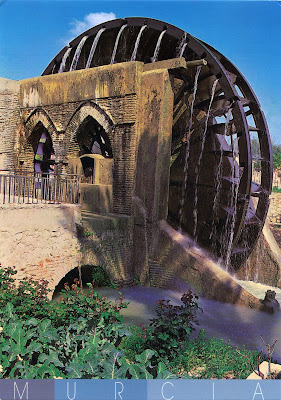 |
| 0760 The roman theatre in Cartagena (1) |
Founded by Phoenicians as Qart Hadasht (New City) around 227 BC, the city known in nowadays as Cartagena (in Murcia) lived its heyday during the Roman Empire (under the name Carthago Nova or Carthago Spartaria), but it was also one of the important centers during the Umayyad invasion of Hispania, under its Arabic name of Qartayannat al-Halfa. After its reconquest by King Alfonso X of Castile (1245) the city entered a period of great decadence and decay, despite a short economic revival in the 16th century.
 |
| 2553 The roman theatre in Cartagena (2) |
Thanks to its strategic position on the Mediterranean, Cartagena has been inhabited by many different cultures which have left their mark on its rich cultural heritage during a glorious and turbulent history. Most of its oldest monuments date from the ages of the Roman Empire, among them being the recently restored Roman theatre of Carthago Nova, one of the landmarks of the city. It was erected between 5 and 1 BC, but in the 3rd century AD a market was built over it, with a semicircular open space, which was perhaps abandoned after a fire caused by the Vandals in 425.









